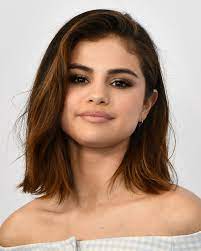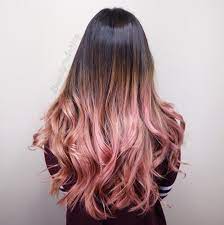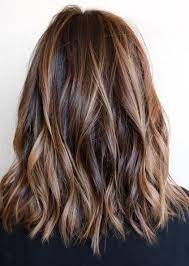
People with brown hair are commonly known as brunettes. The term derives its name from the French word for brown, “brunette.” Brown hair looks beautiful on nearly everyone, from its dark espresso shade to its rich mahogany hue. Additionally, its maintenance is much simpler than that of blonde or red locks. Brown hair is the second most common hair color in the world.
Brown Hair: Characteristics and Variations
Brown hair (commonly referred to as brunette) is the second-most prevalent hue worldwide, characterized by higher concentrations of dark pigment eumelanin and reduced levels of light pigment pheomelanin. While found worldwide, its prevalence is highest among people of European heritage. Brown hair is the ideal shade to complement every skin tone, looking amazing whether its undertone is warm or cool. From caramel and chestnut shades to ash, cacao, and burgundy hues, there is so much variety of brown hair colors available for you to select from.
Red Hair and Genetic Mutations
Red hair is one of the rarest natural hues, accounting for only 1-2% of the world’s population. This phenomenon results from genetic mutation that reduces melanin production; researchers suspect these genes might be tied to geographic regions because lighter features enable easier absorption of sunlight and vitamin D from sunlight exposure; or over time as populations migrated or environments changed. Higher levels of eumelanin characterize Brown hair. Eumelanin gives hair its color. As one of two forms of melanin present in human hair, eumelanin is the more prevalent variety; typically, people with brown hair usually possess more of it than blonds due to multiple genes controlling its production in melanocytes and its distribution by melanocytes (Pralea et al. 2019).
Chemical Measurement of Hair Pigments
Differences in the ratio and quantity of black-dark brown eumelanin and red-brown pheomelanin determine hair colors. Their presence or absence can be measured chemically using techniques such as alkaline H2O2 oxidation, which produces an indicator for each pigment (pyrrole-2,3,5-tricarboxylic acid as an indicator for eumelanin and thiazole-2,4,5-tricarboxylic acid as an indicator of pheomelanin). Some individuals carry mutations of one copy of their MC1R gene that cause it to stop functioning (loss-of-function), leading their melanin-producing cells to produce only pheomelanin instead of melanin and giving them strawberry blonde or red hair colors. Lower levels of pheomelanin characterize Brown hair.
Genetic Factors and Hair Color
Dark hair typically contains more brown/black eumelanin and less orange/red pheomelanin than its light counterpart; the ratio can differ depending on an individual’s genetic makeup and how their genes are turned on or off, for instance the melanocortin one receptor (MC1R) gene which controls how melanocytes produce different types of melanin; when activated it produces eumelanin which results in darker locks; otherwise when inactive/blocked, it produces pheomelanin, producing lighter waves. Hair colors vary based on various combinations of MC1R mutations that cause them. For instance, those with red hair often possess one copy of their MC1R gene with a loss-of-function mutation that leads to them producing more pheomelanin than eumelanin – not only does this cause their locks to appear lighter, but it can also make them more vulnerable to sunburn since pheomelanin is more photosensitive than its counterpart eumelanin, so it is vital for these individuals to avoid overexposure to sunlight. Medium-thick strands characterize Brown hair.
Brunettes and their Characteristics
People with brown hair have medium to dense strands with medium diameter. Brunette (also spelled brunette) refers to boys and men with brown hair and girls and women. It comes from the French diminutive brune, which originates in Proto-Indo-European *bhrun (meaning brown). Brunettes typically possess warm skin tones with green or hazel eyes. As such, they are known for being adept at wearing many warm hues, such as cinnamon, nutmeg, or caramel, without looking out of place against their complexion.
Hair Color Versatility and Styling Options
People of any hair color can wear cooler tones such as ash, chocolate, or burgundy and still look their best. Many shades of brown provide an ideal base color for highlights and balayage techniques – you could add warm honey or golden highlights to light brown hair to lift its color visibly, or playful bronze highlights can frame the face for an updated look.

